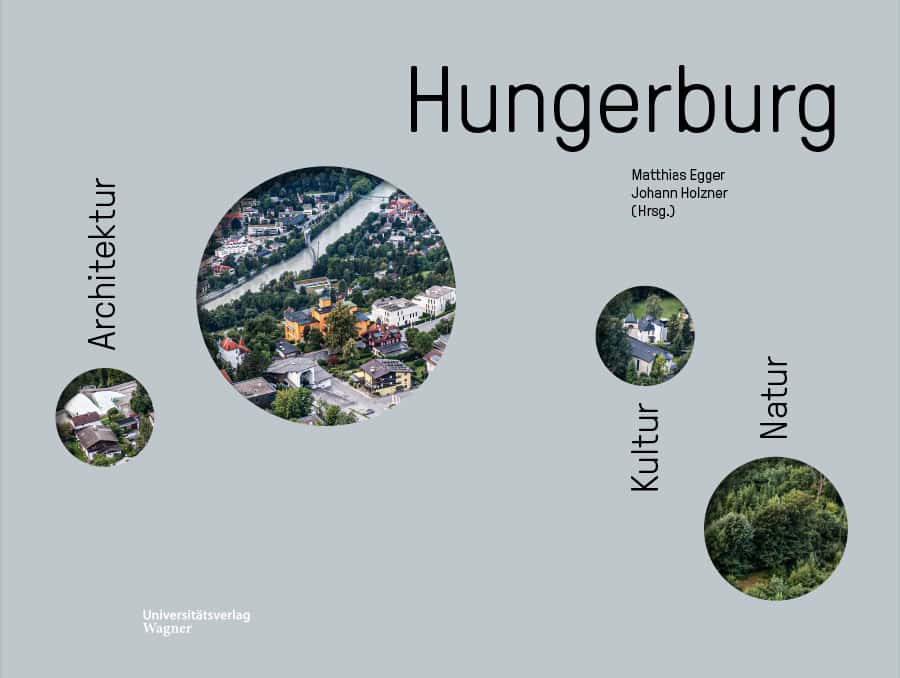
Hungerburg
Architektur - Kultur - Natur
Facets of a district, framed with numerous photographs.
Facets of a district, framed with numerous photographs.
Already at the turn of the 19th and 20th centuries, the Hungerburg first came to the attention of brave city planners and courageous tourism pioneers. Since then, ambitious projects have been repeatedly designed, lofty dreams imaginized and, in the end, quite a few concepts have been implemented on the widely known plateau, which was sometimes given the name Hoch-Innsbruck (which was never to prevail); from the very beginning, the leading pioneers of the settlement saw St. Moritz as a shining example.
But even in this charming area, harmonious connections between alpine nature and urban culture were not to be achieved. There, too, contentious factions set striking signs of their claim to hegemony, including, by no means consistently, but at least occasionally, cultural-historical testimonies of the first rank. A number of fine ideas, on the other hand, were just as quickly discarded as soon as they were developed: Visions and crashes, booms and slumps were also recorded at Hungerburg.
All of them are now recorded in this book. The history of the Hungerburg is presented in changing spotlights and from different perspectives, reporting on the natural conditions of this settlement on the edge of the Nordkette as well as on the habitat with its sunny and shady sides, on the culture, the traffic routes and the architecture on this plateau; on the one hand from close up, this is openly acknowledged, on the other hand from a proper distance as far as possible, this is also not concealed.
| Authors | Herausgegeben von Matthias Egger und Johann Holzner |
|---|---|
| Volume | 80 |
| Pages Count | 244 |
| Release Date | 2024 |
| ISBN | 978-3-7030-6629-0 |
| Publisher | Universitätsverlag Wagner |